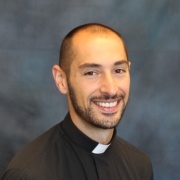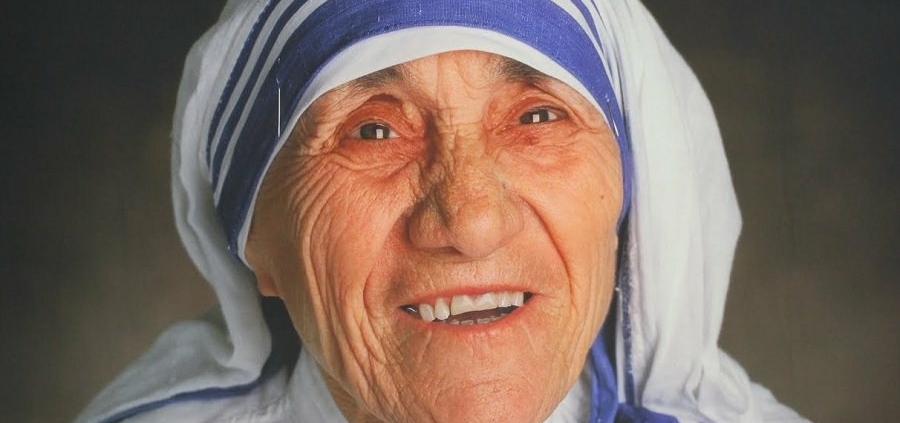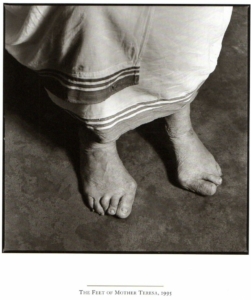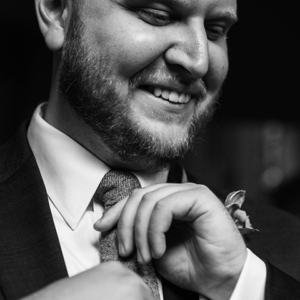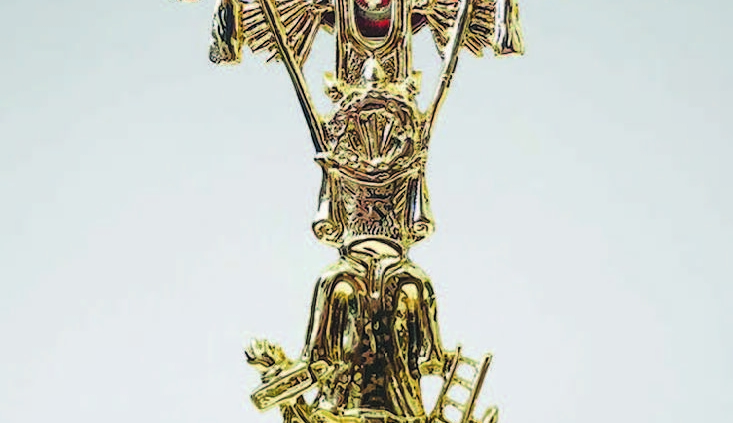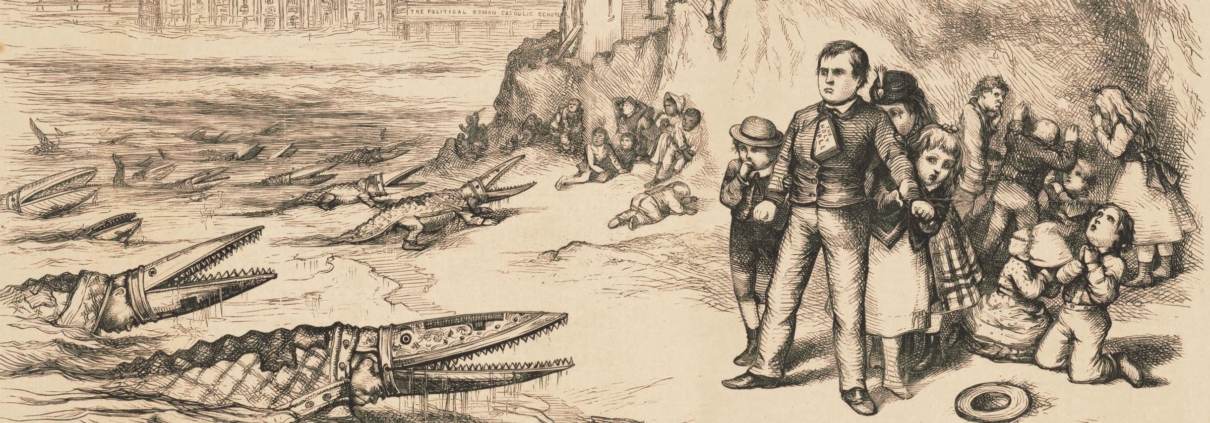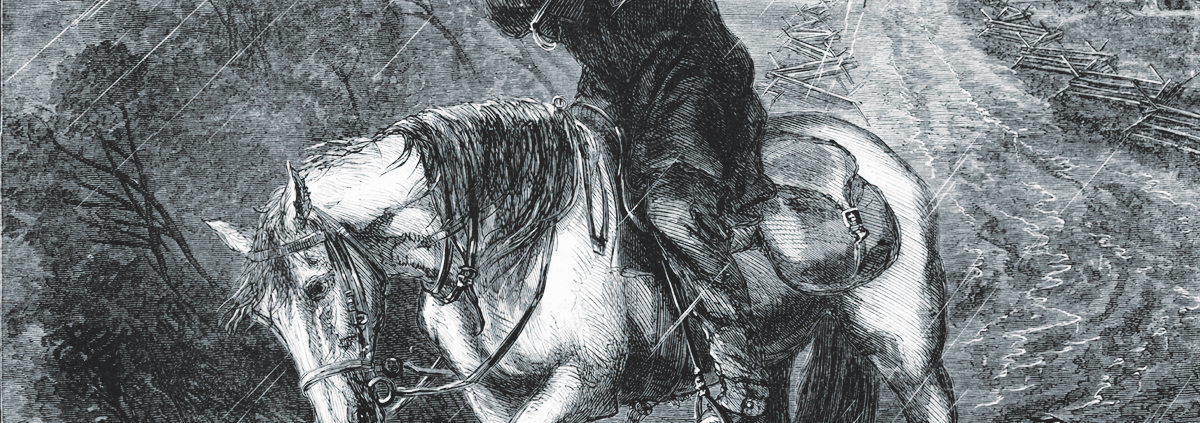by Stephen Enzweiler, Cathedral Historian
At the beginning of the 19th century, the turbulent and deadly effects of the French Revolution had finally begun to subside across most of Europe. During the decade of the 1790’s, the Catholic Church had been subjected to a level of brutality and systematic persecution that hadn’t been seen since Roman times. In ten short years, the Church that had enjoyed a privileged bond with kings and empires in the moral governance of societies, had been reduced to little more than a hollow shell. The 1801 Concordat, brokered by Napoleon Bonaparte, was meant to usher in a period of reconciliation and renewed cooperation between the Napoleonic regime and the shattered Catholic Church. It was a beginning, but the damage had been done.
ccording to historian Dr. Frank Tallett, more than 30,000 priests had been forced out of France during the Revolution. About 20,000 more had been forced to hand over their letters of ordination, and up to 9,000 had been forced to marry. Thousands who did not recant or leave were guillotined. Gone was the once proud and influential Gallican Church of France, with its centuries old rituals and religious traditions, its beauty and its liturgy. Gone, too, were its priests who alone had the faculty to consecrate bread and wine into the Holy Eucharist and bring the real presence of Jesus Christ to people for the nourishment and salvation of their immortal souls.
Like seeds scattered in the wind, thousands of clergy fled the darkness westward across the Atlantic to a bright, new land of hope. With them they brought their theological training, their priestly faculties, and their unquenchable desire to save souls, all fueled by their Lord’s great commission to “Go therefore and make disciples of all the nations” (Matthew 28:18). And, like seeds do, they found fertile soil in a new home called Maryland and the newly established Diocese of Baltimore, led by the energetically pragmatic and optimistic Bishop John Carroll (1735-1815).
Born in Maryland in 1735, John Carroll joined the Jesuits in 1753 and studied in Liege, Belgium until his ordination there in 1761. He remained in Europe until he was almost 40, gaining a reputation as a learned and influential clergyman. But when Pope Clement XIV suppressed the Jesuit order in 1773, he returned to Maryland. At the time, English laws discriminated against Catholics and prevented the existence of any public Catholic Church in colonial Maryland. For a time, Carrol became a missionary priest visiting the rural mission stations bringing the Gospel and sacraments to Catholic settlers along the Maryland-Virginia frontier. As the American rebellion began, his sympathies were with the revolution which he saw as favorable to the future of the Catholic Church in America.
With Independence in 1783, Fr. Carroll he wrote to a friend in Rome that “our Religious system has undergone a revolution, if possible, more extraordinary, than our political one.” Unlike the French Revolution, the American Revolution employed the Enlightenment ideal of separation of church and state, permitting Catholicism in the United States to develop and grow on its own without political interference. It was Benjamin Franklin, a close friend of Fr. Carroll, who had argued for complete religious freedom for Catholics in the new United States, and his close association with Franklin make Carroll the de facto ambassador of all American Catholics.
Like Franklin, Fr. John Carroll was a forward thinker. He favored saying the Mass in English, proposed that papal power extend only to spiritual matters, fought taxes against the Church and its clergy, and demanded equal rights for Roman Catholics. He founded parishes, and in 1783 he led a series of meetings with fellow clergy which resulted in the organization of the Catholic Church in the United States. His work did not go unnoticed. On June 9, 1784, Fr. John Carroll was appointed by Pope Pius VI as provisional “Superior of the Missions in the thirteen United States of North America.” In 1790, he became the first Bishop of Baltimore.
Like a farmer preparing the soil for planting, Bishop Carroll was instrumental in preparing the conditions for the planting and growth of the Catholic Church in the United States. Catholics had lived in the American colonies for more than 150 years, mostly as farmers in Maryland growing tobacco. By the close of the revolution in 1783, eastern farm soils were exhausted, and the Catholic farmers looked west toward the lands of legendary fertility in Kentucky. But the Catholic emigrants were unable to secure priests to accompany them. At the time there were only 25,000 Catholics in America and only 25 priests. And as the era of westward migration gained steam, the American Church found itself chronically understaffed.
In 1790, there were only about 300 Catholic families in Kentucky, most of them concentrated in Nelson County near a trading post called Bardstown. All of them were hungry for a priest to bring them the sacraments. The only priest in this vast frontier territory was Rev. Charles Maurice Whelan (1741-1805). Whelan had been sent there by Carroll in 1787 and became the first Catholic priest in Kentucky. In Carroll’s own words, he “not only kept alive the spirit of religion amongst the Catholics, but in addition, he has gained a great increase for the Church of Jesus Christ.”
Rev. William de Rohan was another sent by Carroll to assist Whelan. De Rohan had served in the Carolinas and had been granted permission by Bishop Carroll to administer the sacraments in Kentucky. For four years he brought the Eucharist to whomever needed it. In 1792, he build a log structure, which became the first Catholic church built west of the Allegheny Mountains. Unfortunately, both Whelan and de Rohan encountered personal problems that made their stays in Kentucky short-lived.
Then on September 3, 1793, Bishop Carroll sent the newly ordained Fr. Stephen Badin (1768-1853) west into Kentucky. It was the same Stephen Badin who had escaped revolutionary France with Fr. Benedict Joseph Flaget and Fr. John Mary David, and it would be Badin who would become the guiding light that transformed the face of Catholicism in Kentucky. Badin was stern and rigid, but his care for the spiritual lives of his charges and for bringing the Eucharist to them was famous among Kentuckians. He taught young catechumens with strictness and exhorted families to have morning and evening prayers. His opposition to dancing was legendary. Like a bloodhound, he could sniff out dancing schools and private parties wherever they may be. One contemporary remembered: “He sometimes arrived unexpectedly while dancing was going on… he glided into the room before anyone knew it and told them smiling, that ‘it was time for night prayers.’” Writing to Bishop Carrol, Badin remarked, “No clergyman is fit for Kentucky who seeks for his own interests more than for those of Jesus Christ.”
In 1805, Badin was joined by Rev. Charles Nerinckx (1761-1824), another survivor of the French Revolution. Badin and Nerinckx liked each other from the beginning and went on to become close, lifelong friends. Short and stocky, the older Nerinckx had an almost endless physical strength and stamina. His mortification was legendary: he fasted every day, wore homespun clothes, and had an aversion to any kind of decoration or ornamentation. Once when he received a new horse bridle as a gift, he quietly took out his pocket knife and trimmed off the tassels and ornamentation. Like Badin, he was exceedingly strict and was an opponent of dancing, putting great emphasis on prayer, confession, and receiving the sacraments, especially the Eucharist.
“Nothing could exceed the devotion of Mr. Nerinckx to the Holy Sacrament of the altar,” wrote Bishop Flaget in a letter to Bishop England after Nerinckx’s death in 1824. “In this respect he is the model for every clergyman.” Nerinckx kept his churches plain and without decoration except for the altar where the tabernacle was. To him it was the Holy of Holies, where his Eucharistic Lord dwelled. He always kept it richly decorated and instilled in all of his congregations the regular practice of perpetual adoration of the Sacrament. After founding the Sisters of Loretto in 1812, he instilled in them the rule of observing “perpetual adoration” each Thursday night – all night – in memory of the institution of the Eucharist at the Last Supper. This reverence and devotion to the Blessed Sacrament was observed in all of his congregations.
In the years after 1805, the Catholic population of Kentucky grew as westward migration continued. In 1808, Bardstown became the seat of a new Diocese, with the diligent Benedict Joseph Flaget as its new Bishop. The arrival of the Dominicans in Kentucky were in notable contrast to the strict pastoral style of Badin and Nerinckx. Guided by the deft hand of leaders like Rev. Edward Fenwick and Rev. Stephen Montgomery, the Dominicans became popular, were more lenient, and fostered kindness, tolerance and piety among Kentucky Catholics. They also approved of dancing.
Yet as more immigrants arrived from the east, Bishop Flaget struggled to provide priests to minister to the growing Catholic communities. One of those was in Covington, where almost a quarter of the 947 residents in 1830 were Catholic. A frustrated Flaget turned to Cincinnati’s Bishop Purcell and asked for help, and in response, Purcell sent Dominican Fr. Stephen Montgomery, then rector of the Seminary in Cincinnati.
In 1833, Fr. Montgomery began crossing the Ohio and visiting the Covington Catholics twice monthly, celebrating Mass and providing the sacraments on a regular basis. Within the year, both Purcell and Flaget saw the need for a more permanent solution. In 1834, Bishop Purcell and Fr. Montgomery built the first Catholic church in northern Kentucky on Fifth Street in Covington. They named it “St. Mary’s Mission.”
Next time: “When America Hated All Catholics.”




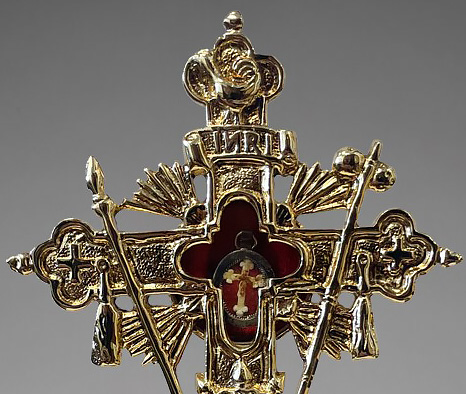
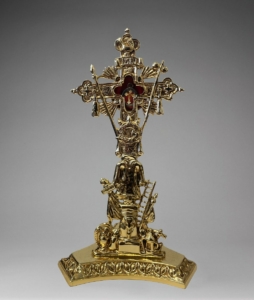 “This is a great way for the faithful to continue to receive graces we received during Lent and at Easter,” said Father Maher. “In praying before the True Cross, we are paying the highest honor to the Lord through the instrument of our salvation. The Cross is inseparable from his sacrifice, so in reverencing his cross we, in effect, adore Christ himself.”
“This is a great way for the faithful to continue to receive graces we received during Lent and at Easter,” said Father Maher. “In praying before the True Cross, we are paying the highest honor to the Lord through the instrument of our salvation. The Cross is inseparable from his sacrifice, so in reverencing his cross we, in effect, adore Christ himself.”
